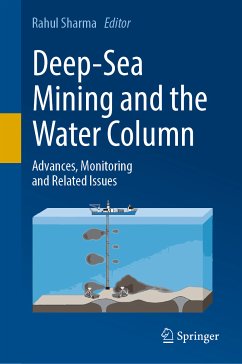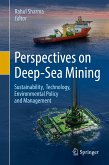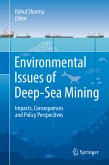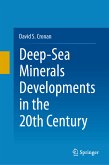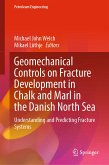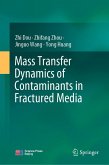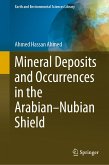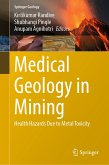This book focuses on general issues of deep-sea mining for seafloor mineral deposits, as well as the scientific, technical, legal and policy issues related to impacts on the water column. The topic is a growing area of significance due to the ongoing conversations on this issue in the world community, in view of the large-scale consequences resulting from operations of different components of deep-sea mining systems. The chapters are divided in five sections, and are contributed by highly acclaimed scientists, technologists, lawyers and administrators who have decades of experience working on these topics. The information compiled in the book is expected to serve as an important reference for all stakeholders including researchers, contractors, mining companies, regulators and NGOs involved in deep-sea mining and marine environmental conservation.
Section 1 provides an overall view of the current status of deep-sea mining and issues related to the water column. Section 2 looks at the engineering considerations for technology related to mining, handling of bulk solids in the marine environment, transporting the ores from seabed to shore as well as processing of deep-sea minerals. Section 3 discusses various approaches for assessment of impacts of deep-sea mining on the water column. Section 4 assesses the chemical, physical and biological characteristics of the water column in different oceans of the world. Finally, section 5 deals with legal, policy and economic aspects of deep-sea mining.
Dieser Download kann aus rechtlichen Gründen nur mit Rechnungsadresse in A, B, BG, CY, CZ, D, DK, EW, E, FIN, F, GR, HR, H, IRL, I, LT, L, LR, M, NL, PL, P, R, S, SLO, SK ausgeliefert werden.

